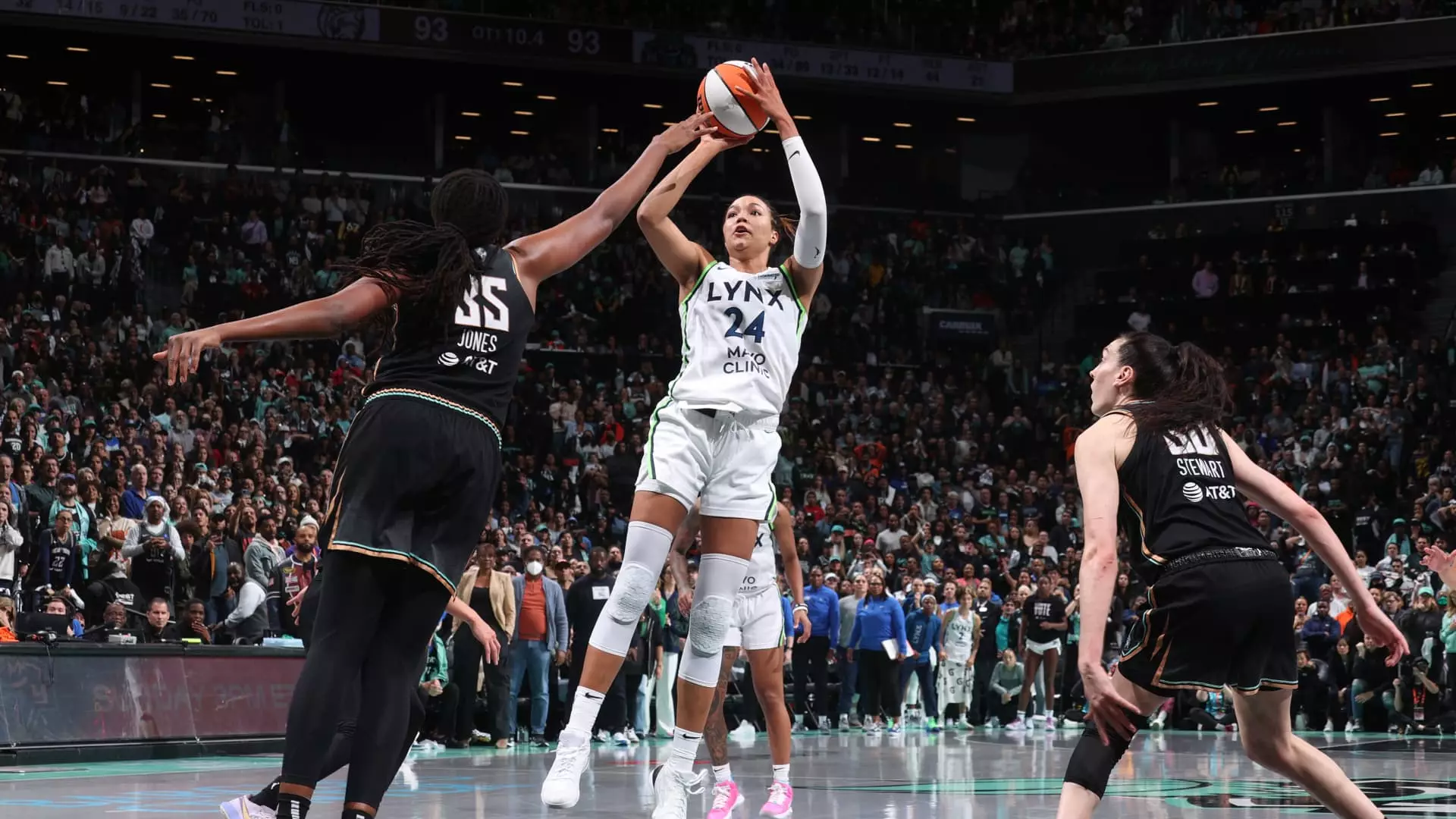The WNBA’s Evolution: A New Era of Growth and Opportunity

The Women’s National Basketball Association (WNBA) is poised for a significant transformation in the 2025 season, ushering in an era of enhanced competition and visibility for the league. With the announcement from WNBA Commissioner Cathy Engelbert detailing an expansion of the regular season and the playoffs, it’s clear that the league is making strategic moves to capitalize on its burgeoning popularity. As the league faces both opportunity and challenges, a comprehensive analysis reveals the implications these changes might have on players, fans, and the future of women’s sports.
The move from a 40-game regular season to a 44-game format is more than just a numerical adjustment; it signifies a shift in the perception of women’s basketball as a robust and thriving sport. Engelbert’s announcement indicates that the league has not only recognized but embraced the growing interest in women’s sports. By increasing the number of games, the WNBA allows for greater visibility of its players and creates more opportunities for fans to engage. This alteration could enhance marketing efforts, allowing teams and sponsors to find new avenues for revenue generation.
However, with more games comes the challenge of player welfare. The demands of an extended schedule can lead to increased physical strain on athletes. Balancing competition with the health of the players will be crucial in ensuring that this expanded format is sustainable. As the WNBA looks to expand its viewership and commercial appeal, it must not lose sight of the wellbeing of its league stars, who drive the very popularity they seek to capitalize on.
The transition to a best-of-seven format in the Finals series, along with the new hosting arrangement in earlier playoff rounds, marks another important milestone. The switch to a 2-2-1-1-1 home-game structure for Finals ensures that the higher-seeded teams enjoy the advantage of playing at home in a more balanced way. This change reflects best practices from other successful leagues, like the NBA, and promises to increase the drama and intensity of playoff basketball.
The decision to alternate hosts in the first round also aims to keep fans engaged and enhance the competitive landscape. As the league’s popularity soars, Engelbert’s acknowledgment of charter flights for teams suggests that the league is not skimping on improving logistics and resources available to players. Indeed, a professional environment is paramount, and these changes could lead to heightened performances on the court.
New Teams on the Horizon: Expanding the Brand
The introduction of new franchises, including the Golden State Valkyries as well as unnamed teams in Toronto and Portland, is a bold move to expand the league’s geographical footprint. The addition of more teams not only cultivates a larger talent pool but also allows potential for new fan bases to emerge. As each city rallies around its new franchise, this expansion could lead to heightened interest in women’s basketball, fostering a culture that acknowledges and supports female athletes.
However, while expansion is largely positive, it does require careful consideration regarding talent distribution and overall quality of play. Ensuring that new teams can compete effectively is essential for maintaining the level of excitement and engagement that has been built over the years.
The Broader Landscape of Women’s Sports
The growth of the WNBA is part of a larger trend in women’s sports, capturing the attention of media executives and investors alike. The reported $2.2 billion media rights deal demonstrates how far the league has come in gaining respect and visibility. Yet, with this newfound success comes a complex social responsibility. The increase in players reporting experiences of racism and harassment online is concerning, and it highlights the necessity for strong leadership from Engelbert.
It is vital that the league creates a safe and supportive environment for its players to thrive. Engelbert’s previous hesitations when addressing these issues have sparked criticism, which indicates an urgent need for the league to proactively tackle these challenges head-on, creating initiatives to foster inclusivity and combat discrimination.
As the WNBA prepares for what promises to be an exhilarating future, it stands at the cusp of a cultural shift. The changes announced usher in new opportunities, paired with the weight of responsibility to protect and elevate women’s sports as a whole. By prioritizing player welfare, ensuring competitive integrity in expansion, and confronting social issues, the WNBA has the potential to solidify its place not only in sports but in society.





